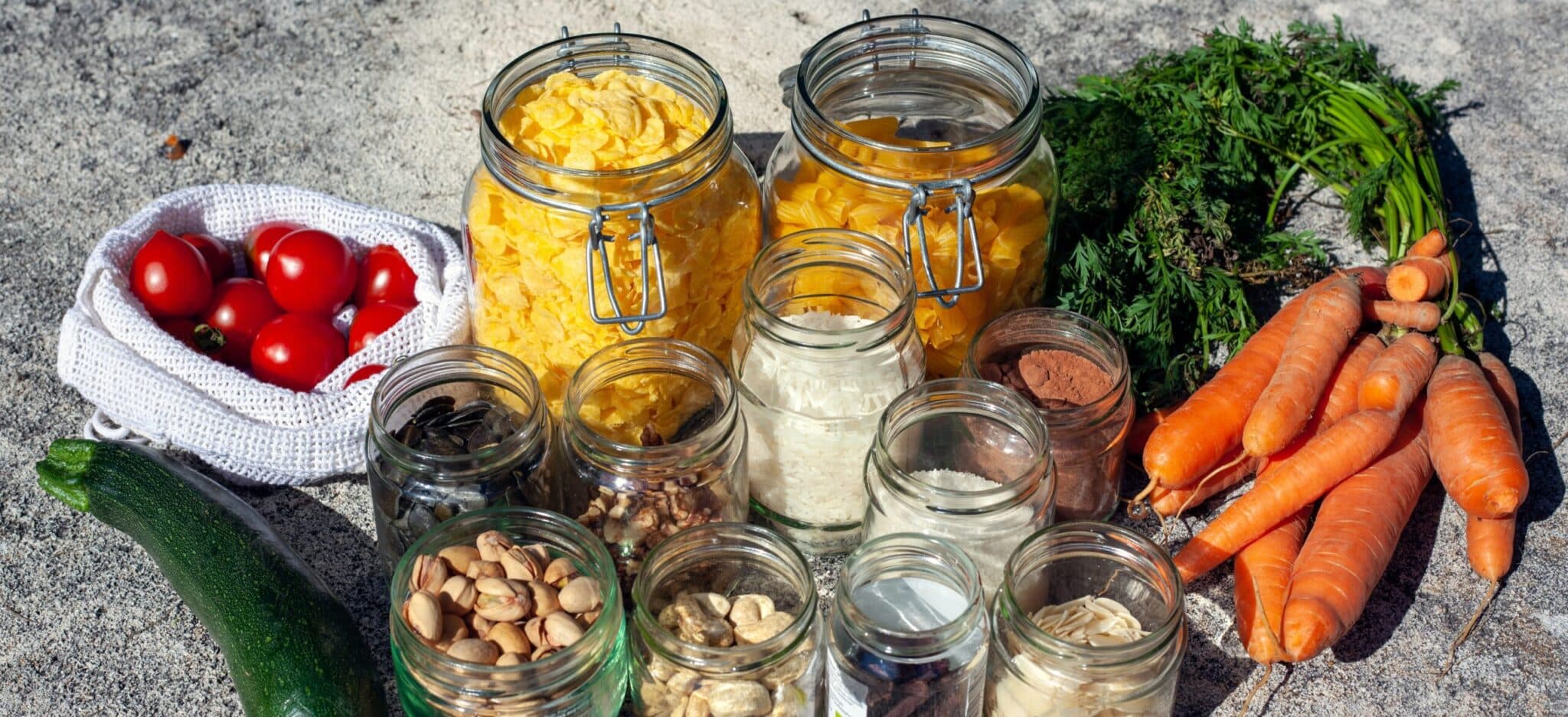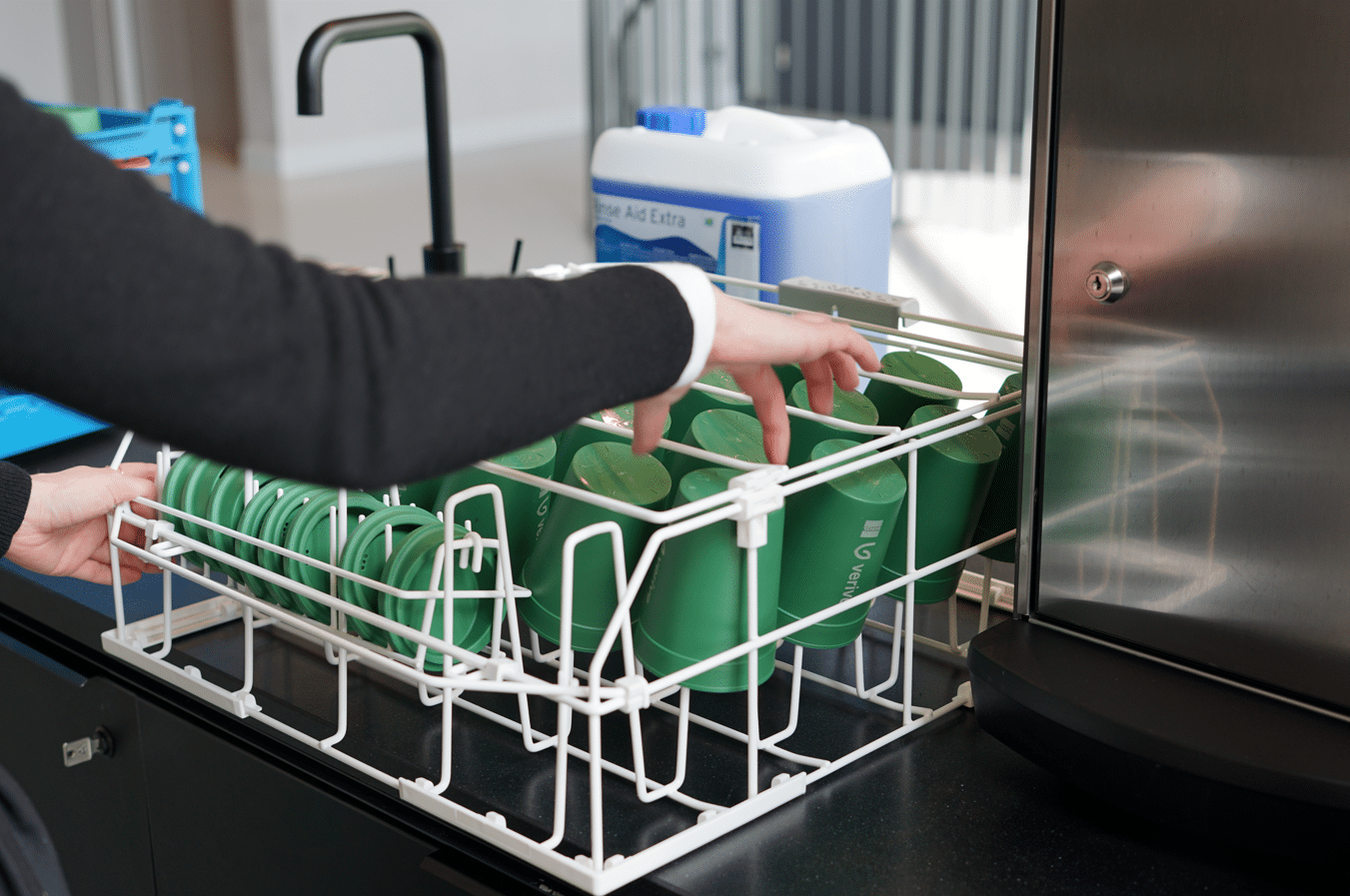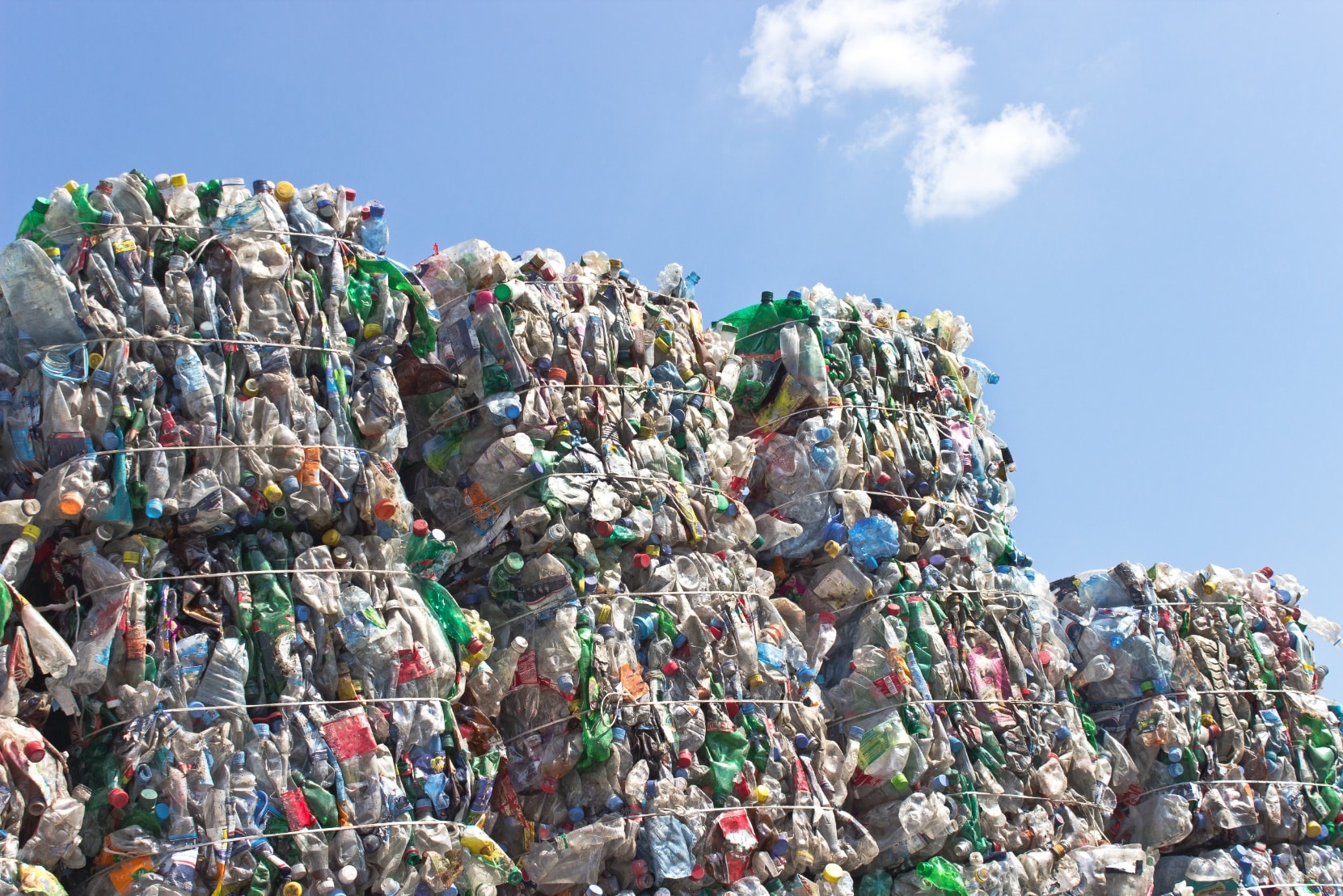About this article
Interested in tips for preventing food waste? Read our interview with Vermaat Head Chef Annelieke Creuwels and be inspired by her initiative to run a zero waste kitchen.
In the latest instalment our Vermaat interview series, we explore some tips and tricks for chefs and kitchen staff to reduce food waste. We had the pleasure of chatting with one of Vermaat HQ’s Head Chefs, Annelieke Creuwels, affectionately known as the ‘Waste Queen.’ She speaks about her mission to make the Vermaat test kitchen zero waste, focusing especially on food waste.
Annelieke has worked for Vermaat for five years, and before that, she ran her own restaurant. Needless to say, she knows her way around a professional kitchen! But it’s not just experience propelling the ‘Waste Queen’ towards zero waste. The key to her success in turning leftovers and rescued food into delicious dishes for Vermaat staff? Creativity. Read to the end for a bonus recipe from Annelieke’s Vermaat test kitchen.
Can you introduce yourself and your role at Vermaat?
I’m currently a Head Chef, and I run the test kitchen at the Vermaat headquarters. In this testing environment, my goal is to eliminate food waste, cook vegetarian, and be CO2 neutral by buying from the surrounding region. We even try to expand employment opportunities to those with disabilities. Right now, my biggest goal is zero waste in the kitchen.
As I mentioned, I’m a Head Chef, but there’s a team of Executive Chefs sitting above me at the head office. Together, we use the test kitchen to try out new recipes. Alongside supporting the general recipe testing, I create a lot of new recipes in the Vermaat restaurant using leftover products from the Executive Chefs or new products dropped off by our suppliers for us to try. I’m constantly making recipes and new dishes with these products and other rescued food, serving them to the 150 people working in the building.
What’s your process for reducing food waste in your professional kitchen?
So every morning, I buy vegetables from InStock (a popular Dutch food rescue organisation), and I order whatever I can get, and that’s it. That means each day is a new challenge as a chef because I never know what will be on the menu. So every morning and every afternoon begins with creativity. From there, I start to think: What have we got? What can we make with this? And how can we use every part of this vegetable?
For example, this past week, I made a very simple salad of roasted cauliflower with charred cauliflower leaves. When we didn’t use all the cauliflower for this dish, we made a cauliflower soup. In this sense, everything gets a second or third life in the test kitchen. So far, the feedback is generally very positive. My co-workers at Vermaat HQ enjoy seeing how products get re-used from day to day. It’s kind of a game: What was this yesterday? Or what will she come up with this product for tomorrow? My approach is simple:
"Anything passing through my kitchen gets a new role on the menu."
You mentioned using leftovers as a soup, what other food reuse and reduction tips can you share?
Well, in terms of recipes for food reuse, I think smoothies are also a great way to use up leftover fruit and vegetables. It’s easy and healthy, so we blend a new smoothie for the restaurant daily. Another great way to use up extra or ugly vegetables is making a sandwich spread. Every day, our restaurant features a sandwich, so this week I made sweet potato and miso spread. I used leftover cooked sweet potatoes and mixed them with pure miso. It made a fantastic spread; you could even enjoy it as a dip.
Perhaps more important than reusing leftovers, a crucial strategy is to buy less than you think you need each week. That means I strategically underbuy. It’s counterintuitive, but it makes you very creative because you approach cooking from a different mentality. We begin to think, what can we make with ingredients we already have? For example, I never buy food for Fridays as it’s the last day of the week. I aim to ensure my fridge is empty by the end of the workweek. Many people will say, ‘Oh no, Annelieke, we don’t have enough!’, but I always say, ‘Yes we do! We can do this with that, and that with this.’ So my top tip? Don’t buy too much.
I also want to add that we need to shift away from a ‘fear’ mentality. Those in the foodservice industry generally work from a fear of not having enough food and the idea that it’s terrible when something runs out. That’s why so much food gets thrown out over time. Your customers will understand if you explain that something is finished. And then you get creative in the kitchen and offer something else. I feel like it’s a little out of date seeing massive loads of food waste. It’s 2022, and it’s okay to say that approach has had its day.

Can you achieve the goal of zero waste? Or when you can no longer use the scraps and leftovers from other recipes, what do you do then?
We don’t always achieve zero waste. It’s almost impossible, but it’s a goal we are constantly working towards. For instance, if we have the cauliflower salad and then the cauliflower soup, I cannot repurpose the ingredients all over again. Also, in professional kitchens, we must maintain health and sanitation standards. You cannot overlook your customers’ and guests’ well-being in the quest for zero waste.
That said, some of the other strategies we deploy include using a worm hotel (or worm composter) at the front of the building. The worms turn the produce scraps we cannot use into very fertile compost. We also grow our own herbs. If you’ve ever bought herbs from the supermarket, you know there is often a lot of plastic waste. We wanted to eliminate that. Even better? The mats we use to grow the herbs can be composted in the worm hotel because the worms like to eat them.
Another tip I strongly recommend is to collect data about your restaurant. We collect simple data about how many people visit the buffet each day and adjust the amounts accordingly. We purposely don’t make enough for the buffet. When we run out of something, we simply restock. That means sometimes people know they need to wait a few extra minutes as we make a new batch of sandwiches. But small batches of 2-3 sandwiches ensure waste is minimal and food is always served fresh.
Now that you made a lot of headway with food waste, what is the ‘Waste Queen’s’ next mission?
Having reduced food waste with the measures we discussed, we realised that most of our waste was plastic. Over the years, a lot of plastic has passed through Vermaat, from plastic cups to small containers for jam and butter. So, my next step, get rid of that plastic. Now, we make our own jam with fruit from InStock and put it in reusable jars. Everyone is so happy with the product quality that they don’t miss the other packaging. We also placed a large jar of locally-sourced honey by the coffee machine. We strive to have as many homemade products stored in reusable jars as possible.
Also, at the coffee machine, we got rid of disposable cups altogether ahead of the new Dutch legislation. Sometimes people want coffee to go, but I urge them to sit down for a few extra minutes. That said, we are also trying to reduce plastic on another level, reducing the amount that comes into the restaurant to begin with. For example, my colleague contacted Sligro, a major food supplier for us and other Dutch hospitality and catering establishments, and asked them to reduce the amount of plastic they package our orders in. Because Vermaat is such a big company, we can make these requests and, hopefully, they have positive knock-on effects for smaller businesses.
How would you like to close our interview?
I would like to inspire other chefs, kitchen staff, and your readers to get creative by working with the ingredients you already have and using every bit of them. Don’t be afraid to use ugly vegetables or rescued food either. To inspire you, I’m sharing one of the recent original recipes served to staff and based on rescued quinoa.
The story behind the recipe: A small entrepreneur started a delicatessen in Amsterdam that did not make it through the pandemic. However, he still had two pallets of quinoa that he didn’t want to spoil or waste. InStock bought the pallets from him and resold them to us. In fact, all the vegetables and fruit we use come from InStock, so we always get a seasonal variety (and no control over the mix). That’s part of what makes this recipe so great. This quinoa salad can be adapted to use up all your produce leftovers. For example, you can make a winter version of this dish with kale, pumpkin, and sweet potato.
The options are endless, so get creative!

Enjoyed this article? Read the first instalment in our food waste interview series with Dutch catering company Vermaat.










